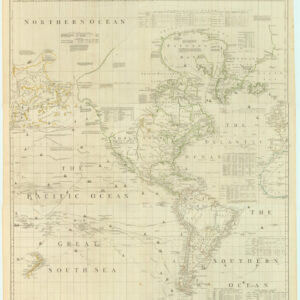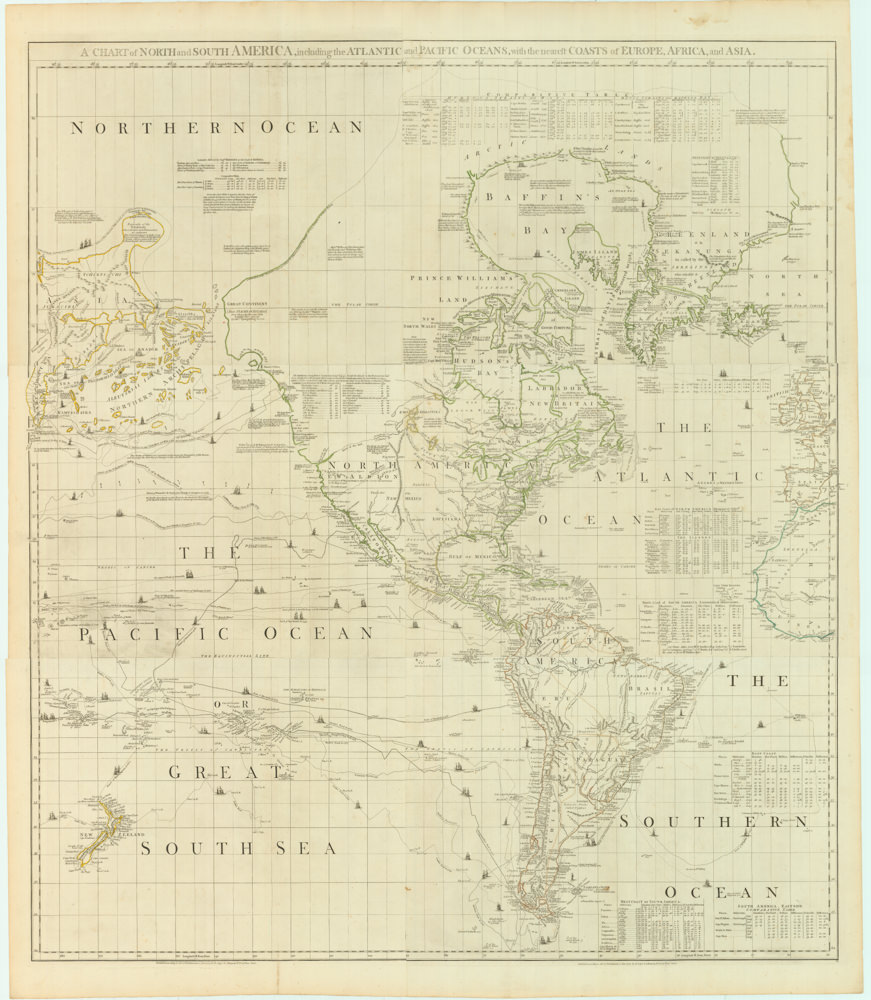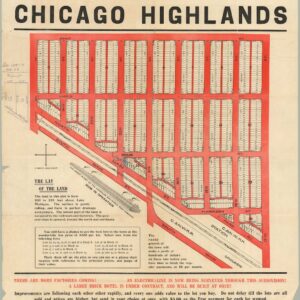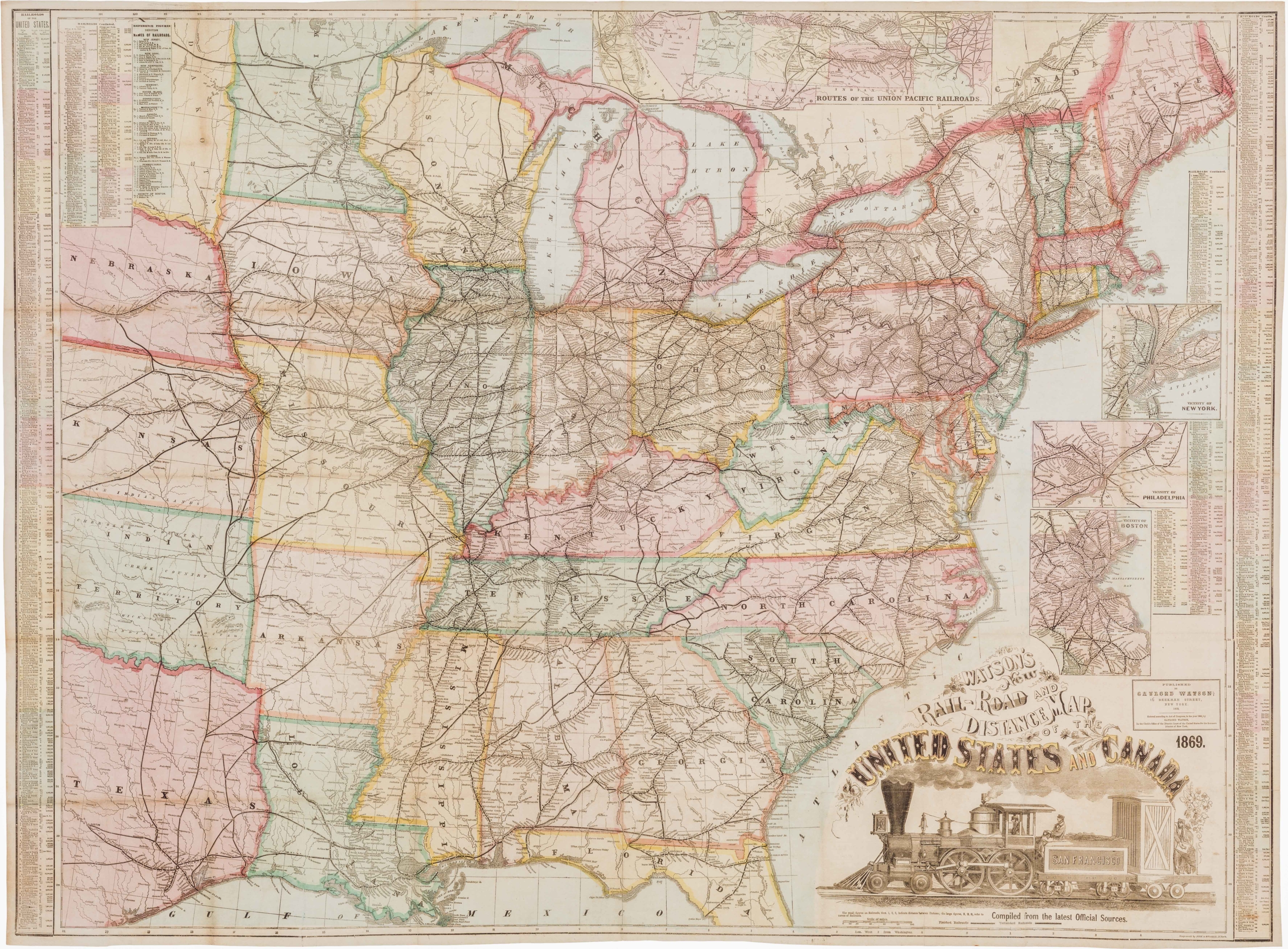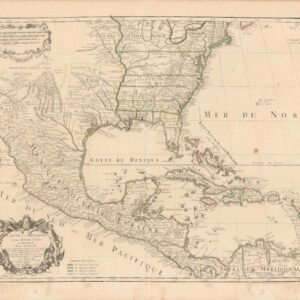A rare first state by one of the seventeenth century’s greatest cartographers.
Le Nouveau Mexique et La Floride: Tirees de diverses Cartes, et Relations
Out of stock
Description
A fine example of the first state of the first large scale map to depict California and the Southwest and the first large format regional map of any portion of North America by Nicolas Sanson, the “father of French cartography.”
This map—Le Nouveau Mexique et La Floride: Tirees de diverses Cartes et Relations (New Mexico and Florida: Drawn from various maps and communications)—was the first European map to concentrate on Spanish territories from Florida to California. It provided a prototype for other mapmakers over the next 50 years. It improves upon Sanson’s renowned map of North America (Amerique Septentrionale) in many ways, adding new designations, amongst them is the first application of the name “ERIE LAC” to a recognizable lake. The Northwest Coastline is substantially revised from his earlier map of North America. The Rio Grande, still mistakenly flowing southwest, includes many new Indian Names not present in the earlier map. The curious peninsula at the top of the Northwest Coast of the mainland (Agubela De Cato) is of unknown origin.
First published separately (as in this example), the map later appeared in Sanson’s atlases and after in composite atlases for the next 70 years. The Pierre Mariette in the title is the son of Nicolas Sanson’s business partner of the same name, who provided the original investment for Sanson’s business, but died in 1657.
Nicolas Sanson, Father of French Cartography
In the 17th century, French cartographers displaced the Dutch as Europe’s leading map makers. Nicolas Sanson was the leading cartographer of this era. As a young man, he attracted the attention of Cardinal Richelieu. He served as Géographe Ordinaire du Roi for Louis XIII and Louis XIV, both of whom he personally instructed in geography. Under Louis XIII, Sanson was made a minister of state. Over the course of his career he produced over 300 maps.
Sanson’s revolutionary approach to the presentation of geographical knowledge on a printed map was responsible not only for advancing French cartography to the forefront of Europe, but initiated a profound alteration in cartographic style and imagery. Before Sanson, European cartography was influenced by the Italian perspective artists of the 15th and 16th centuries who treated maps as works of art. The master engravers of the Golden Age of Dutch Cartography refined this tradition. By the 19th century, however, cartography was dominated by the science of cartography, perhaps epitomized in the development of accurate nautical charts. Sanson’s work represents one of the most important inflection points in this transition. In cartography, his contribution is memorialized in the name “Sanson-Flamsteed Projection” used to refer to an important sinusoidal map projection first used by Sanson.
Publisher
Some of Sanson’s success can be attributed to his partnership with Pierre Mariette. Sanson had worked primarily with the publisher Melchior Tavernier when Mariette purchased Tavernier’s business in 1644. Sanson worked with Mariette until 1657, when the latter died. Mariette’s son, also Pierre, helped to publish the Cartes générales de toutes les parties du monde.
Enagraver
The map was engraved by Jean Somer (variously J. Somer, J. Sommer, or J. Somer Pruthenus), a Prussian engraver who, starting in 1651, engraved some 17 of Sanson’s maps.
States of the map
There are four states of the map. The states can be identified as follows:
* State 1: Date on the map (1656) and the imprint “Chez Pierre Marriett, Rue S. Iaque…1656.”
* State 2: Imprint reads: “Chez l’Autheu…1656.”
* State 3: Adds an “r” to the word “Autheu,” but retains the 1656 date.
* State 4: Dated 1679.
Cartographer(s):
Nicolas Sanson d’Abbeville (1600-67) was perhaps the greatest cartographer of 17th century France — a period of France’s political ascendancy in Europe and also a period in which French cartographers displaced the Dutch as Europe’s leading map makers.
As a young man, he attracted the attention of Cardinal Richelieu and, in time, became Géographe Ordinaire du Roi for Louis XIII and Louis XIV, both of whom he personally instructed in geography. Under Louis XIII, Sanson became a minister of state. Sanson has become known as the “father of French cartography,” and his influence is such that the sinusoidal projection he employed has become known as the “Sanson-Flamsteed projection,” recognizing the impact of Sanson (Flamsteed was an English astronomer royal from 1675 to his death in 1719).
Condition Description
Very good. Co-owned with BLR Rare Maps.
References
Burden 319; Cumming 49; Leighly 27; Martin & Martin 82-83; McLaughlin 17; Wagner 374; Wheat 39-40.
